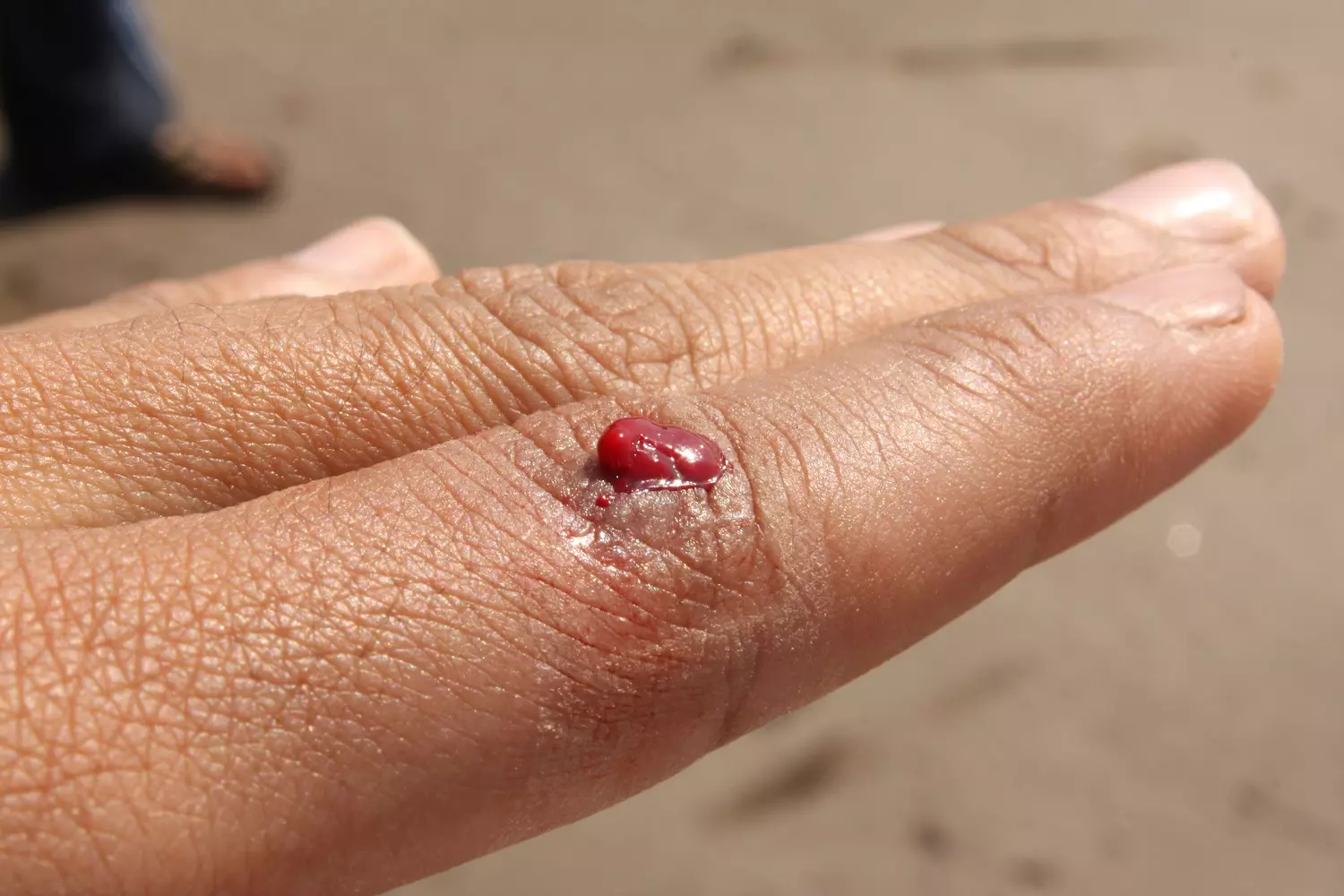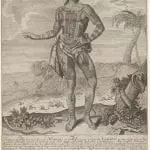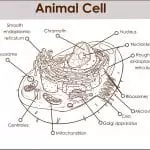When body tissues are damaged, the blood flow must be stopped or death from bleeding will result.
The mechanism used by the body to stem leaks from the blood vessels is hemostasis, or clotting. It is a complicated process involving many factors all working together to stop the blood’s flow.
Hemostasis also describes clotting of the blood in its normal fluid suspension. Too much clotting can block blood vessels that are not bleeding. To deal with this possibility, the body has control mechanisms to limit clotting and dissolve surplus clots.
An abnormality in any part of this control system can lead to excessive bleeding or clotting, both of which can be fatal.
- When clotting is poor, even a slight injury to a blood vessel may lead to severe blood loss.
- When clotting is disproportionate, small blood vessels in critical places can become clogged with clots. Blocked vessels in the brain can cause strokes, and stopped up vessels leading to the heart can cause heart attacks. Pieces of clots from veins in the legs, pelvis, or abdomen can travel through the bloodstream to the lungs and block major arteries, resulting in a pulmonary embolism.
An injured blood vessel constricts so that blood flows out more slowly and clotting can start. At the same time, the accumulating pool of blood outside the blood vessel (a hematoma) presses against the vessel, helping prevent further bleeding. As soon as a blood vessel wall is damaged, a series of reactions activates platelets so that they stick to the injured area.
Glue
The “glue” that holds platelets to the blood vessel wall is known as von Willebrand’s factor, a protein produced by the cells of the vessel wall. This protein’s collagen and thrombin act at the site of the injury to cause platelets to stick together.
As platelets start to collect at the site, they form a mesh that plugs the injury. The platelets change shape from round to spiny, and they release proteins and other substances that entrap more platelets and clotting proteins in the enlarging plug that becomes a blood clot.
Fibers
Formation of a clot also involves activation of a sequence of blood clotting factors that generate thrombin. Thrombin converts fibrinogen, a blood clotting factor that is normally dissolved in blood, into long strands of fibrin that radiate from the clumped platelets and form a net that entraps more platelets and blood cells. The fibrin strands add bulk to the developing clot and help hold it in place to keep the vessel wall plugged.
Which leads to the Question:
Why doesn’t blood clot in the blood vessels under normal conditions even when no injury or disease is present?
Activation Sequence
The reason is that the enzyme that starts the clot formation, thrombin, exists in the blood only in its inactive form, which is called prothrombin. Prothrombin is manufactured by the liver, and vitamin K is needed for its production. Vitamin K is known as the clotting vitamin because without it, blood would not clot. The name vitamin K comes from the German word Koagulationsvitamin, which testifies of its function.
Even when prothrombin is in sufficient supply, a number of factors are needed to change prothrombin to thrombin. These factors are given the collective name thromboplastin. Any thromboplastic substance can activate prothrombin in the presence of calcium ions. Thromboplastic substances exist in platelets, in the blood plasma, and even in the injured body tissue itself.
Wrapping it all up
The reactions that result in the formation of a blood clot are balanced by other reactions that stop the clotting process and dissolve clots after the blood vessel has healed. Without this control system, minor blood vessel injuries could trigger widespread clotting throughout the body.
Symbiosis, Hemostasis, and Genesis
Remember we need vitamin K for prothrombin production. But how do we get it? The best way to reach our body’s daily requirement of vitamin K is by eating food sources rich in the nutrient. Vitamin K is found in green leafy vegetables, fish, liver, meat, eggs, and cereals.
However, about one-third of the daily required amount of vitamin K is made by the bacteria that line the human gastrointestinal tract.
The human body carries about 100 trillion microorganisms in its intestines, a number ten times greater than the total number of human cells in the body. The relationship between human being and intestinal bacteria is an outstanding example of symbiosis. Symbiosis is interaction between two different organisms living in close physical association, typically to the advantage of both.
In this relationship, human beings get vitamin K and a defense against pathogen organisms; the bacteria get a warm place to grow and food resources. It is a win-win for both creatures.
How can any of this human-bacteria interaction be explained by evolution? Frankly, it can’t.
One of the principle tenants of all evolutionary theories is a fierce struggle to survive. If evolution in all its forms is true, we should see people evolving that don’t need intestinal bacteria, and we should be seeing gut bacteria that can survive outside the human intestinal tract without deficit. Nevertheless, that is not what we see.
What we do see are entities—humans and bacteria—helping each other out. One could argue that this is just an example of organisms getting together to enhance their chances of survival.
But how then did the bacteria know to release its vitamin K? Vitamin K has no extracellular benefit to the bacteria. It is only useful inside the bacterial cell.
Conversely, how then did the human body learn to absorb vitamin K produced by the bacteria? What mechanism propelled man to directly absorb a biosynthesized molecule from another organism? As soon as bacteria would start to live in the human gut, they would have to emit the chemical or the human’s blood would not clot. The human would also have to be predisposed to absorb the vitamin from the bacteria or die.
The symbiotic relationship would end before it began if either advent was not simultaneous. Such a change in physiology from an evolutionary view would take thousands of years for both organisms. Certainly, it would not happen overnight. From an evolutionary timetable, it would not happen fast enough to ensure the survival of both species.
So evolution falls short – again. But can creationists answer the human-bacteria symbiotic relationship question? Yes, we can!
Organisms working together in harmony to ensure their survival was God’s plan from the beginning. The stories of Eden affirm creation’s harmony. Symbiotic relationships should be the norm in a God-created universe, if the history given in the Bible is true.
The fact that your blood clots as it should is a testament to the Master’s Plan.
Next time you cut your finger and it stops bleeding, say “Thank you” and “Amen.” You are observing your Creator’s ingenuity in action with each forming clot. Hemostasis shows us how things should be in a God-created cosmos.







